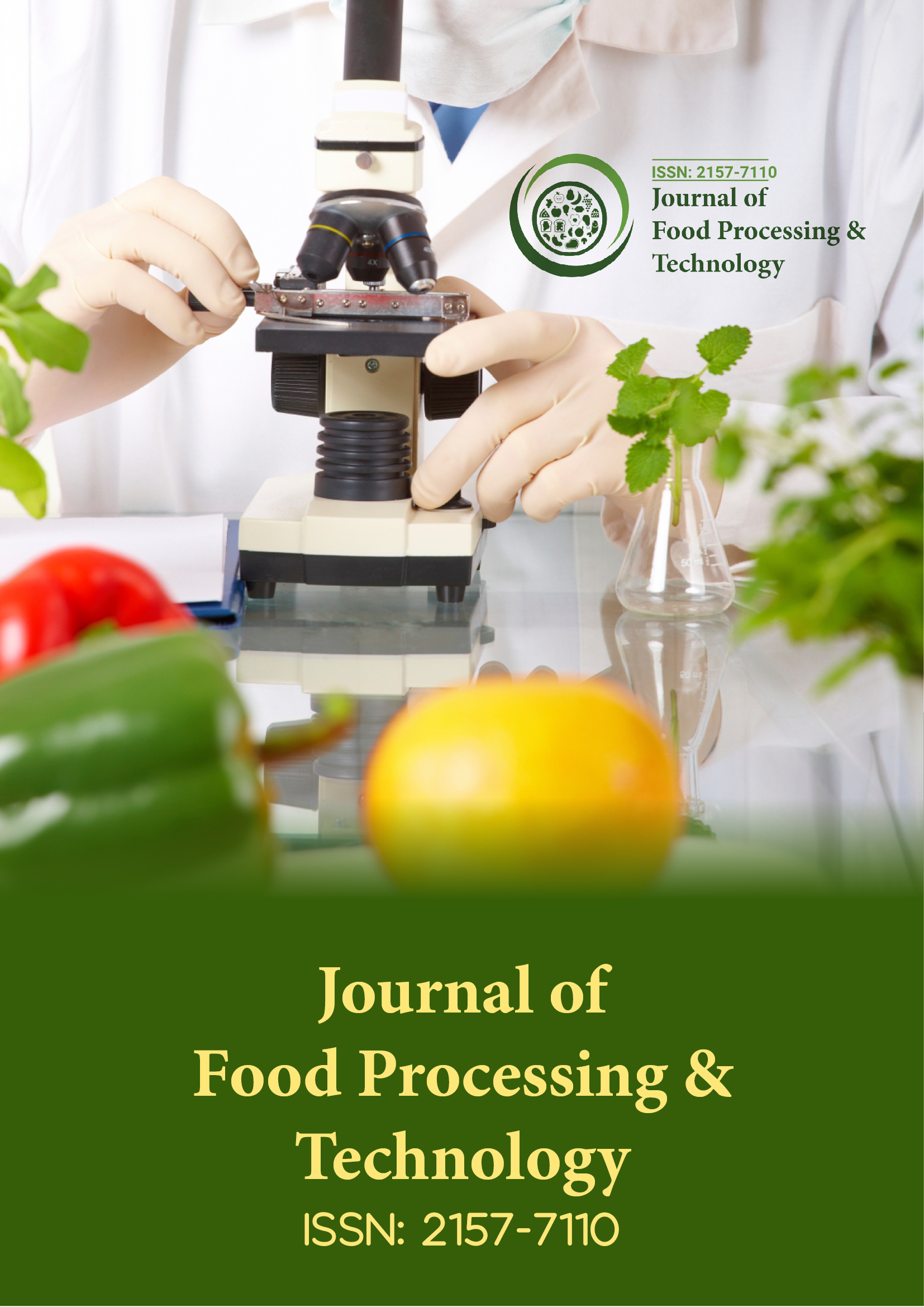Indiziert in
- Genamics JournalSeek
- Akademische Schlüssel
- JournalTOCs
- Nationale Wissensinfrastruktur Chinas (CNKI)
- Zugang zu globaler Online-Forschung in der Landwirtschaft (AGORA)
- Zentrum für Landwirtschaft und Biowissenschaften International (CABI)
- RefSeek
- Verzeichnis der Indexierung von Forschungszeitschriften (DRJI)
- Hamdard-Universität
- EBSCO AZ
- OCLC – WorldCat
- Gelehrtersteer
- SWB Online-Katalog
- Publons
- Euro-Pub
- Google Scholar
Nützliche Links
Teile diese Seite
Zeitschriftenflyer

Open-Access-Zeitschriften
- Allgemeine Wissenschaft
- Biochemie
- Bioinformatik und Systembiologie
- Chemie
- Genetik und Molekularbiologie
- Immunologie und Mikrobiologie
- Klinische Wissenschaften
- Krankenpflege und Gesundheitsfürsorge
- Landwirtschaft und Aquakultur
- Lebensmittel & Ernährung
- Maschinenbau
- Materialwissenschaften
- Medizinische Wissenschaften
- Neurowissenschaften und Psychologie
- Pharmazeutische Wissenschaften
- Umweltwissenschaften
- Veterinärwissenschaften
- Wirtschaft & Management
Abstrakt
Felduntersuchung der Symptome und Isolierung von Pilzen, die mit der Nacherntefäule der Weißen Yamswurzel (Dioscorea Rotundata Poir.) in Zusammenhang stehen.
Ezeibekwe IO, Umeoka N und Izuka CM
In Orlu, Bundesstaat Imo, wurden Untersuchungen zu Symptomen und zur Isolierung von Pilzen durchgeführt, die mit der Nacherntefäule der Weißen Yamswurzel (Dioscorea rotundata Poir.) in Zusammenhang stehen. Die Ergebnisse hinsichtlich Krankheitshäufigkeit und -schwere zeigten, dass Trockenfäule mit 67,5 % den höchsten Prozentsatz aufwies, gefolgt von Nassfäule (47,5 %) und Weichfäule (45,0 %). Anthraknose war mit 37,5 % und Mehltau mit 42,5 % vertreten. Auch die Ergebnisse hinsichtlich der Schwere folgten demselben Trend: Trockenfäule war mit 26,8 % am stärksten vertreten, Weichfäule mit 23,7 %, Nassfäule mit 23,2 %, Anthraknose mit 16,3 % und Mehltau mit 15,1 %. Die Pilze wurden isoliert und als Trichoderma viride (Pers.), Pythium aphanidermatum (Edson), Aspergillus fumigatus (Fresenius), Penicillium expansum (Link.), Geotrichum candidum (Link.), Fusarium oxysporum (Link.), Botryodiplodia theobromae (Sac.) und Aspergillus niger (van Thieghem) identifiziert. Pilzorganismen traten durchgängig bei Weichfäule, Trockenfäule, Nassfäule und Anthraknose von D. rotundata auf, wobei A. fumigatus (Fresenius) mit 45,00 % häufiger vorkam, gefolgt von T. viride (Pers.) mit 20,00 %, P. aphanidermatum (Edson) mit 15,00 %, P. expansum (Link.) und G. candidum (Link.) mit jeweils 10,00 %.